The application of a Antiperspirants or Antiperspirant serves to reduce "sweats" on certain parts of the body - mostly in the armpit. Visible sweat stains in the shirt and any unpleasant smells associated with them should be avoided. The main active ingredients in antiperspirants are usually aluminum compounds with an astringent effect on sweat glands, so that their opening narrows and "less sweat" can pass through.
What are antiperspirants & antiperspirants?
.jpg)
Antiperspirants have to be distinguished from deodorants (deodorants). The active ingredients in the antiperspirant aim to locally reduce the secretion of sweat, while the active ingredients in the deodorant are aimed at reducing the formation of odors and overlaying their own fragrances.
Sweat secretion through eccrine sweat glands, which are distributed over the entire body surface, is primarily used to regulate body temperature. This sweat is colorless and odorless if it is not broken down by skin bacteria, which can cause unpleasant odors. Particularly in emotionally conspicuous situations or particularly stressful situations, "emotional sweat" is secreted via the apocrine scent glands.
The apocrine glands are only found in certain body regions such as armpits and genital area and can enrich the sweat with scents, so that a certain non-verbal signaling effect results. Sweat from fear or anger has a different smell than sweat during sexual arousal. The active ingredients in an antiperspirant aim to reduce perspiration and also to have an antibacterial effect in order to prevent the odor-releasing decomposition of (normal sweat) by bacteria.
Medical application, effect & use
The astringent effect of an antiperspirant on the opening of eccrine and apocrine sweat glands is limited to the local area of application, so it does not have a systemic effect. The narrowing or even clogging of the sweat gland openings is mostly due to certain aluminum chlorides as the main active ingredient.
The sweat secretion can be reduced by about 50% by using an antiperspirant, so that the dreaded sweat stains in the shirt usually do not appear. The astringent effect on the scent glands in the armpit can reduce the "sweating" associated with odors and signaling effects, but usually cannot completely avoid it. The secretion of sweat coupled with “fragrances” poses a problem for many young people during puberty because the apocrine sweat glands only develop during puberty.
Exceptional emotional situations that occur increasingly and intensely during the pubertal development phase can then lead to a sweat in the armpits laden with a cocktail of signaling substances and pheromones. In cases in which there is abnormally increased sweating (hyperhidrosis), the use of an antiperspirant is usually not sufficient.
For the treatment of hyperhidrosis, in addition to a variety of alternative treatment methods, there are also forms of therapy such as iontophoresis (pulsating direct current), injections with botulinum toxin (Botox) up to the surgical removal or destruction of the apocrine scent glands in the armpit by suctioning off the fatty tissue.
Herbal, natural, homeopathic & pharmaceutical antiperspirant
In addition to the large number of commercially available - partly pharmacy-only - antiperspirants with aluminum chlorides as the main active ingredient for external use, agents without aluminum compounds are also offered. Their active ingredients are mostly of vegetable origin.
Garden sage (Salvia officinalis) has an effective antiperspirant effect. Sage extracts work systemically through ingestion and locally through direct external application. Sage's antiperspirant properties are likely due to its essential oils. The homeopathic remedy Jaborandi against night sweats and hot flashes is based on active ingredients from the South American Jaborandi (ruta herb).
Here, too, the effect is based on the essential oils in the leaves of the plant. The agent can be administered as globules, drops or a drinking ampoule. Other plants with an antiperspirant effect are mouse clover, walnut leaves and oak bark. Acupuncture or acupressure can also be considered as alternative treatment methods. However, there is (still) no reliable knowledge about the likelihood of success of acupuncture or acupressure treatment to treat hyperhidrosis.
Since excessive sweat production is often based on psychological factors, it stands to reason that anticholinergic agents and certain psychotropic drugs are also used. As an alternative to psychotropic drugs, psychological or psychotherapeutic treatment is available in order to identify the psychological and emotional factors causing the hyperhidrosis and to work through it with the patient. If successful, psychotherapy works as an antiperspirant.
You can find your medication here
➔ Drugs against sweating and sweatingRisks & side effects
Side effects when using conventional antiperspirants, which contain aluminum compounds, consist mainly in possible skin reactions such as redness, itching or reversible blisters and other skin changes.
It is therefore advisable to use products that do not contain alcohol from the outset. In the case of severe intolerance, inflammation in the corresponding areas of the skin can also occur. A possible connection between the use of aluminum chlorides (antiperspirants) and an increased risk of breast cancer has been discussed since 2012, because aluminum chlorides are absorbed through the skin and cause changes in the estrogen receptors.
At times, aluminum chlorides have also been associated with an increased risk of Alzheimer's disease. The fact that the body absorbs far more aluminum through daily food than would be possible through the use of antiperspirants clearly speaks against it.



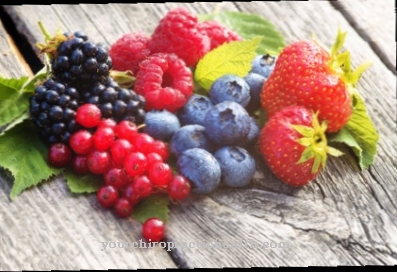
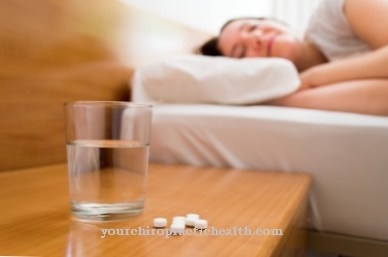

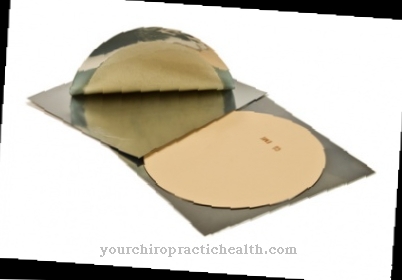

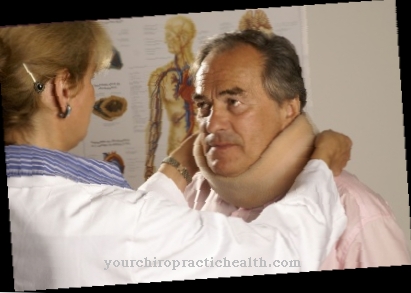
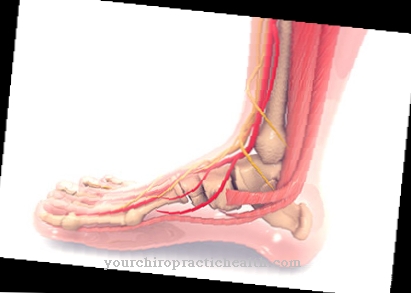

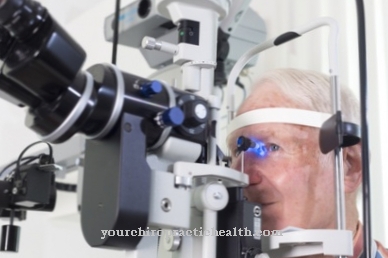
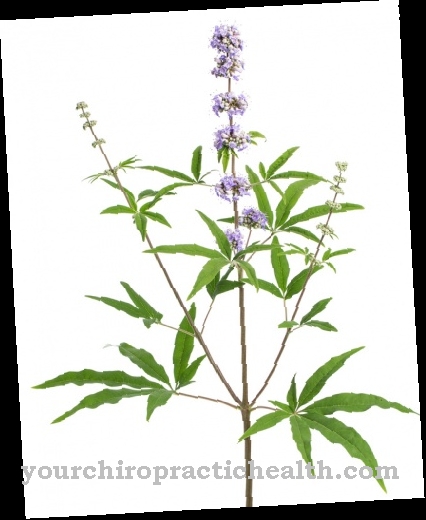
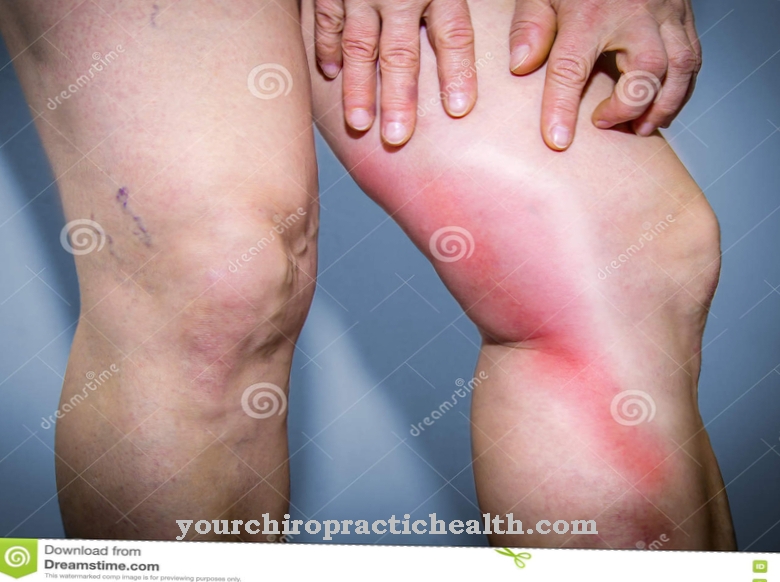


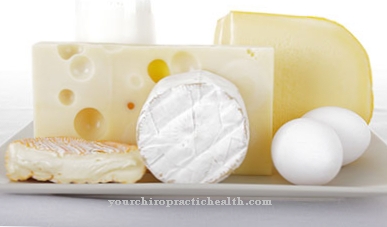
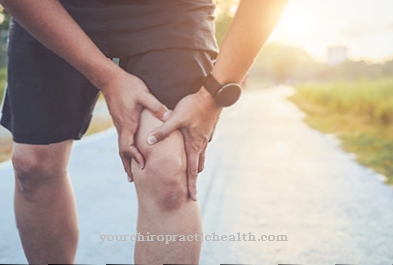


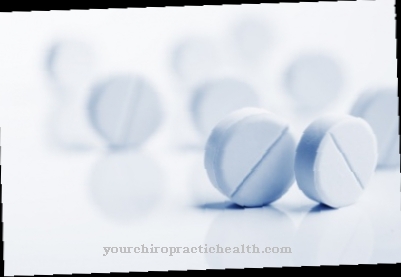


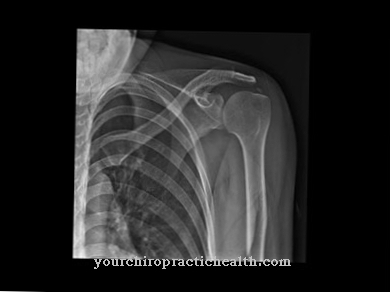

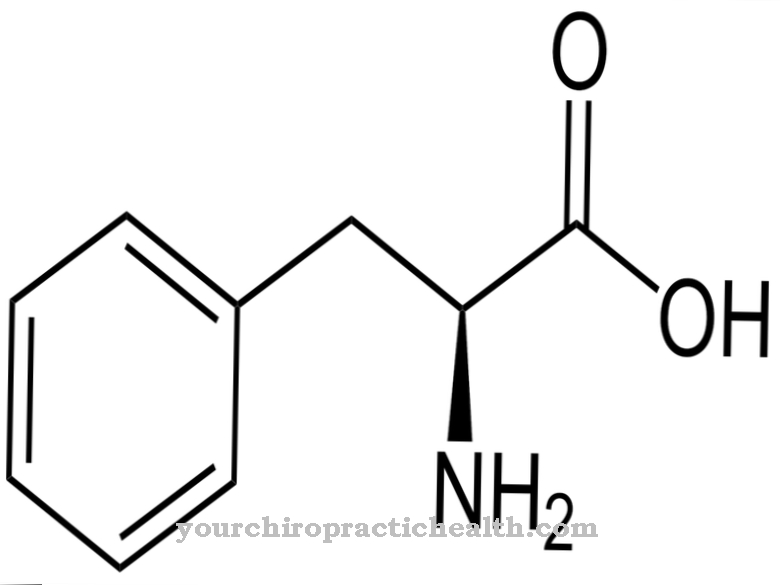

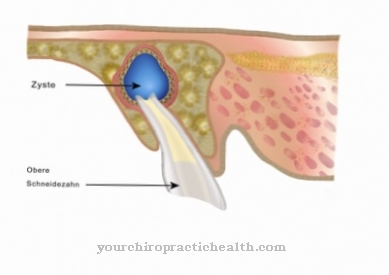
.jpg)